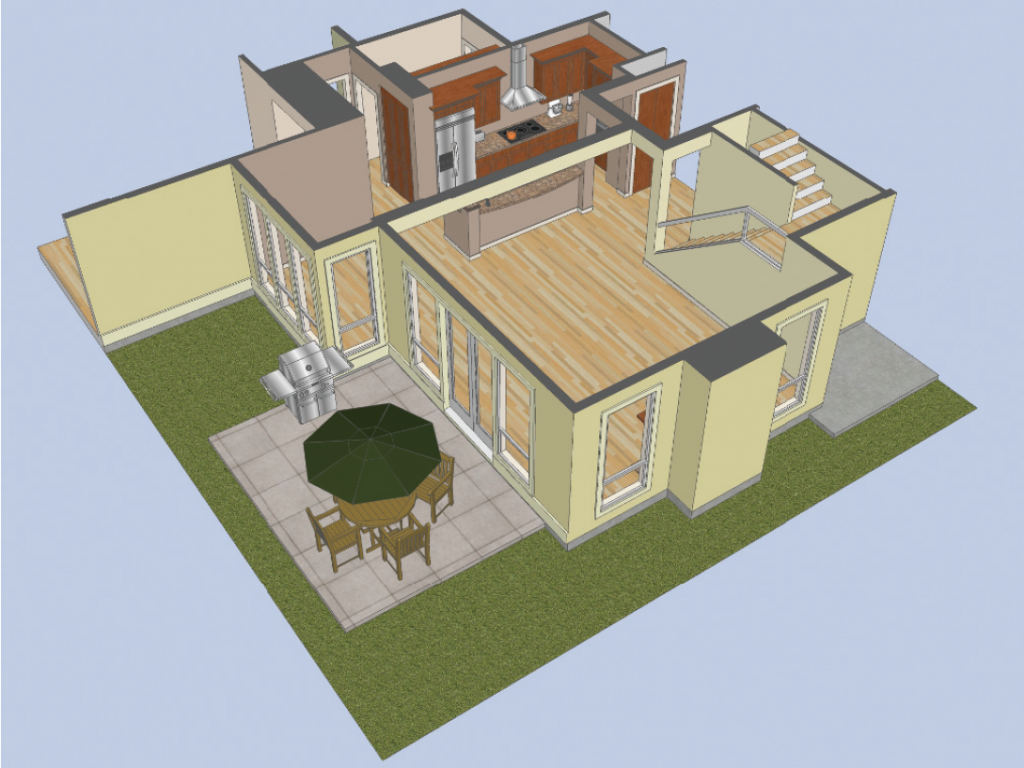We may receive a commission when you use our affiliate links. However, this does not impact our recommendations.
 A few years ago, we published some books to help build your dream home. We covered subjects like home construction, remodeling and backyard buildings. They didn’t really fit with the mission of Popular Woodworking Books but were great books with excellent information – and so we ended up publishing them under the Betterway Books imprint.
A few years ago, we published some books to help build your dream home. We covered subjects like home construction, remodeling and backyard buildings. They didn’t really fit with the mission of Popular Woodworking Books but were great books with excellent information – and so we ended up publishing them under the Betterway Books imprint.
The bestselling of these books is “The Complete Guide to Contracting Your Home” by Kent Lester & Dave McGuerty. Now in its fifth edition, the book is a tremendous source of information for anyone who is thinking of building a home. Whether you’re overseeing the project yourself or simply dealing with a contractor, this book gives you an arsenal of tools for navigating the complicated process of home construction. You’ll find sound advice for choosing your location, negotiating with contractors and dealing with tricky legal matters such as zoning, permits and building codes. You’ll learn critical information about various construction processes to help you fully understand and oversee the work being done on your project. Plus, the book includes an incredibly comprehensive resource section with helpful schedules, order forms, control logs, contracts and checklists. Soon after its first publication “The Complete Guide to Contracting Your Home” became required reading for homebuilders and has sold more than 300,000 copies. If you’re even thinking about building a home, it is an indispensable tool.
Here are a few tips excerpted from the book that can help you as you begin planning:
Work backwards: Before you build your dream home you must determine what features you can realistically afford. To find a home design you can afford, work backwards from your salary. A standard rule of thumb is that your principal and interest (P&I) payments should not exceed 25-35 percent of your Gross Annual Income. Forget about what banks and mortgage lenders will offer you. It’s much wiser to start conservatively.
Fit the home to your lifestyle: Before deciding on a plan, make a list of features that you find most compelling for you style of living. Do you like a formal setting or a more rustic environment? Is a formal dining room or living room important to you? What are your family considerations? Do you need a nursery near the master bedroom? What about a family room near the kitchen so you can keep an eye on the kids? Do like an open living style or private niches? Is the kitchen near the garage or driveway for easy access when bringing in groceries? Will the home’s solar orientation cause glare? Are closets positioned to act as sound buffers between bedrooms and entertainment areas? Do outside sitting areas have privacy from the neighbors?
Choose a design that fits the lot: Make sure the design is appropriate for the lot you have purchased. Full basement plans are difficult to achieve on flat lots or in areas with a high water table. Ranch plans may crowd the edges of smaller lots. The lay of sloping land will determine whether or not a plan needs to be reversed to allow access to basement doors and garages. By analyzing the topography of your lot first, you can often filter out a lot of inappropriate plans right off the bat.
 The new edition of “The Complete Guide to Contracting Your Home” features a few updates. With growing concerns about the environment and advances in green and sustainable building practices, we saw an opportunity to add a new section to the book. The book’s expanded “Green Building” section tells you what you need to know about energy saving and sustainable building practices and materials. You’ll discover ideas for your build that are not only good for the environment, but will save you loads on energy costs in the long run. The resources sections for the book have all been brought up to date so you’ll have access to the contracts and forms you need.
The new edition of “The Complete Guide to Contracting Your Home” features a few updates. With growing concerns about the environment and advances in green and sustainable building practices, we saw an opportunity to add a new section to the book. The book’s expanded “Green Building” section tells you what you need to know about energy saving and sustainable building practices and materials. You’ll discover ideas for your build that are not only good for the environment, but will save you loads on energy costs in the long run. The resources sections for the book have all been brought up to date so you’ll have access to the contracts and forms you need.
Also, a printable PDF version of the contractor forms, contracts, checklists and tools that appear in the book’s appendix is now available. Photocopying the forms from the book is always an option, but the editable PDF allows you to fill in the blanks, enter notes and print copies directly from your computer.
Here are some supplies and tools we find essential in our everyday work around the shop. We may receive a commission from sales referred by our links; however, we have carefully selected these products for their usefulness and quality.









